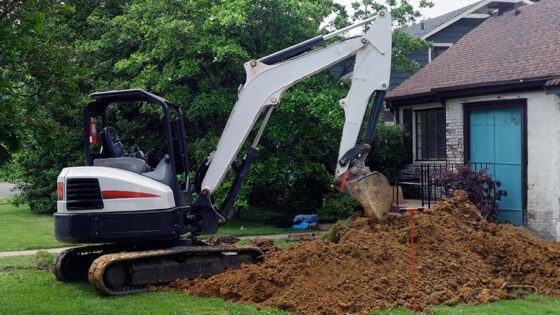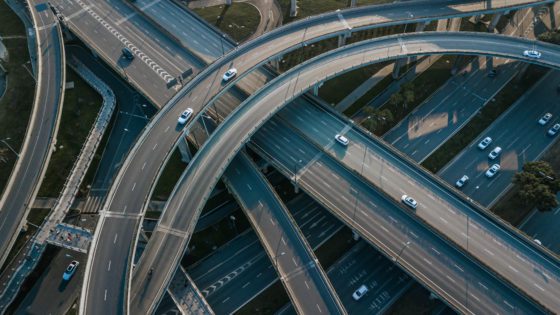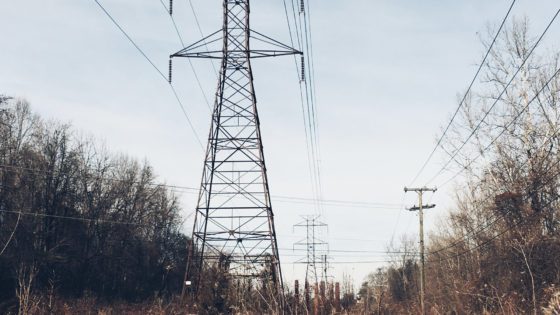The concept of Complete Streets is pretty simple. It’s a roadway that is functionally and aesthetically designed for everyone including cyclists and pedestrians – not just cars, trucks, and busses. That’s why they are called “complete” streets.
East Blvd., Charlotte. Courtesy: CompletestreetsNC.org
It’s a fairness for all concept – except those whose properties lie in their pathways.
If your property is affected by one of North Carolina’s proliferating Complete Streets projects, things may be far from “fair” from your perspective. Here, we explain why the NCDOT is suddenly interested in constructing Complete Streets in North Carolina, and what you can do if your property is needed for one.
Why complete streets in North Carolina?
In 2009, new NCDOT roadway policy changes mandated that, going forward, when they design new streets, the agency must consider all modes of transportation as they relate to safety, mobility, and accessibility.
Complete streets benefits
As more of us become more conscientious of our own health and that of the earth and its environment, many are seeking ways to replace their carbon footprint with their actual footprint by driving less and walking more. Still others enjoy taking the bus or bicycling to work or to run errands. For many, Complete Streets are deemed to be a safer, healthier, and more equitable means of getting from point A to point B.
Complete Streets aim to offer improved traffic control by providing new ramps that are cut into curbs to allow wheelchairs and strollers to cross the street with ease, as well as wider sidewalks and pedestrian areas, bus turn off lanes, and bike lanes. Utilities must be buried underground to make room for pedestrians. Environmentally friendly lighting is key, as is signage that can be seen by all travelers.
Charlotte, Raleigh, Asheville, and Durham are just some of areas where Complete Streets are making an impact in the Tar Heel State. Charlotte is considered a leader nationwide in the development of Complete Streets, according to the Charlotte Department of Transportation.
Economic benefits
There are economic benefits too. In addition to traffic control, Complete Streets have had positive economic impacts on local economies and businesses. Smart Growth America reports that Complete Streets can help stimulate the local economy through more business traffic, spur private investment, and raise property values.
Money for local economies
Savings from biking, walking, or taking public transit has saved $2.3 billion in Chicago and $19 billion a year in New York City. This adds up to money people can (and have) put right back into the local economy by way of housing, restaurants, and entertainment. The site also suggests that the time employees spend stuck in traffic congestion costs businesses too. In the San Francisco Bay Area sitting in traffic costs the city over $2 billion a year, and in Los Angeles $1.1 billion.
All that foot and bicycle traffic is a boon for local businesses. The NCDOT reported that the Hillsboro Complete Street design near NC State University in Raleigh led to a 42% increase in retail business. Smart Growth America found all six North Carolina Complete Streets projects they surveyed that looked at business effects, reported higher sales.
Increase in private investment
When the formerly neglected Washington, D.C., neighborhood, Barracks Row, underwent a Complete Streets redesign, the $8 million public investment generated additional $8 million in private money for local businesses. The result? Gentrification and 32 new businesses bringing in roughly $80,000 tax revenue annually.
Increased property values
Proponents say that Complete Streets can lead to streets that are safe and accessible whether walking or riding bikes, and this, alone, can help raise property values. One North Carolina neighborhood saw property values rise $5,000 after a bike path was added.
Property taken for complete streets
Land takings and easements for Complete Streets, Superstreets, or any road construction project is a necessary evil. What we want property owners to know is that when the government exercises their right of eminent domain to take property needed to build a street, the property owners don’t have to simply take whatever the government initially offers. The government is required to pay fair compensation for what it takes and for the damage to the remaining property. Further, while a project may benefit the community or property owners as a whole, every property is unique, and some may experience more significant damages than others.
Based on our 25+ years of combined experience, the government may undervalue your property and offer you less than what you potentially deserve. Without experienced legal guidance, it’s easy to accidentally take steps that may not be in your favor and can’t be reversed.
Get free case review from NC Eminent Domain lawyers – over 100+ years combined experience
If your property is on the NCDOT’s radar for a Complete Street or for any reason, we strongly urge you to talk with an eminent domain attorney. Our attorneys (several of whom used to work on behalf of the NCDOT) will review your case for FREE.
Complete the form on this page to contact us, or call 1-877-393-4990.




